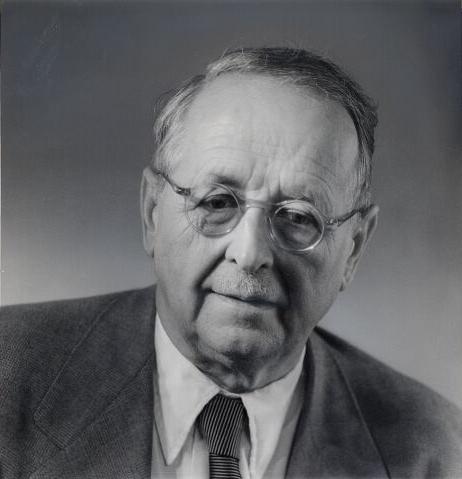
Left to our own devices and allowed to live without constant fear of death by hunger or violence, we devise some pretty startling stuff.
Sure, some of our better efforts don’t outlast our calamities, or go obsolete before their time or simply never get their chance to shine because no one yet recognizes the need for them. But you can’t keep a good idea down forever, as I explore in this list of …

